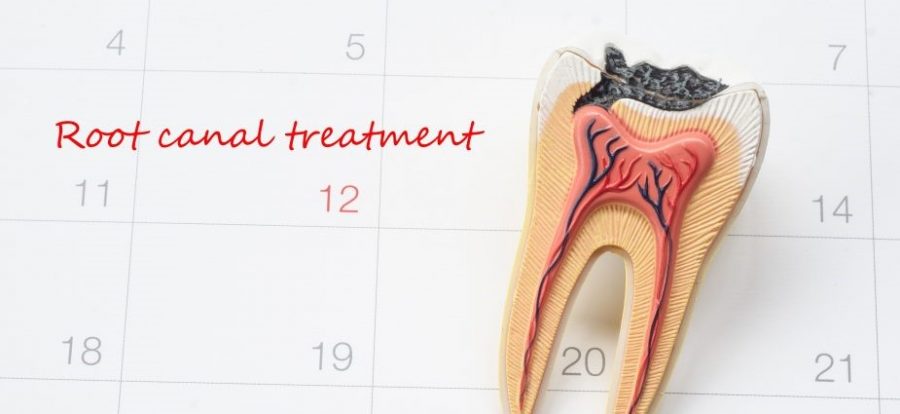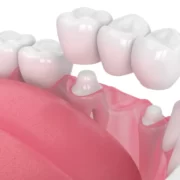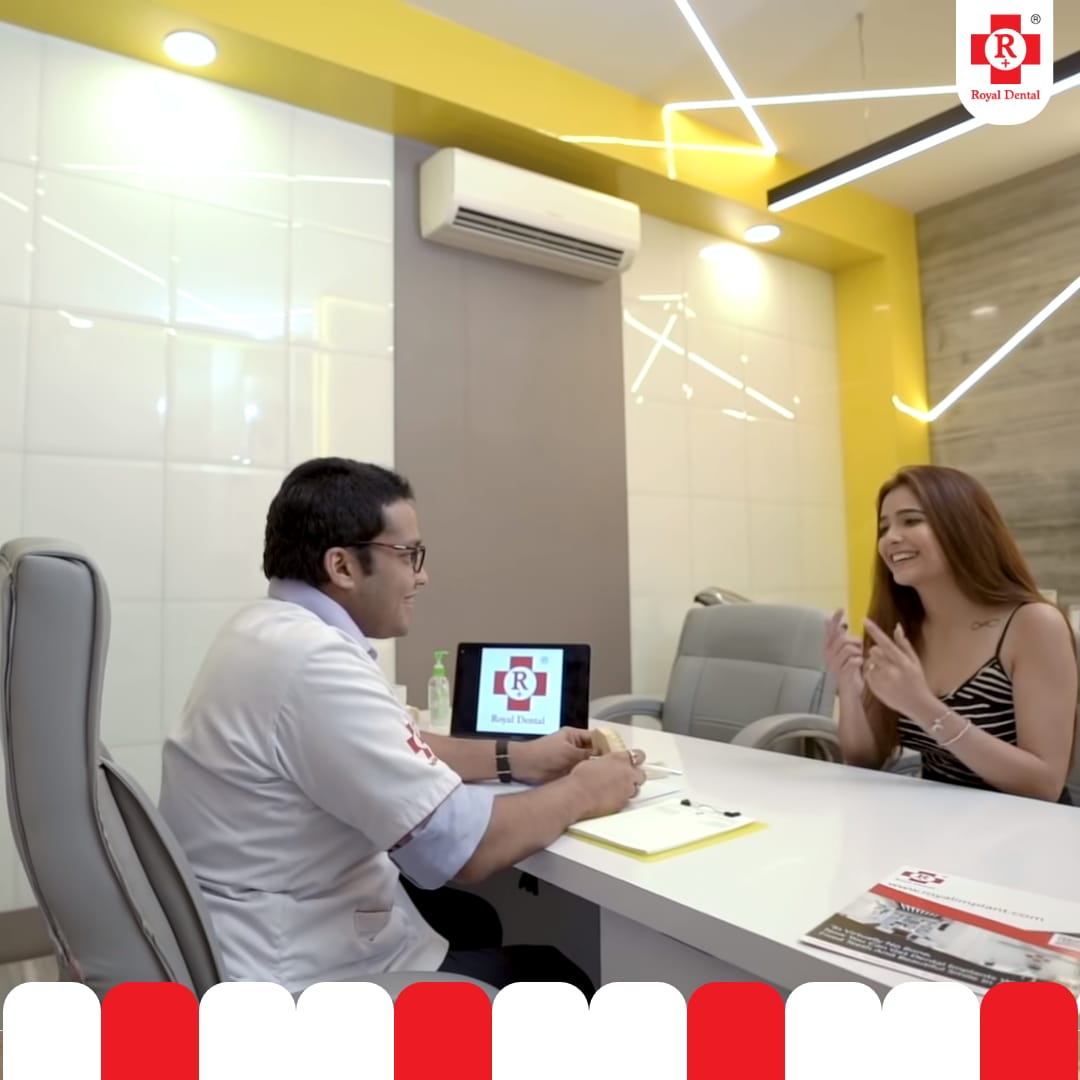Whether you’ve already had a root canal but are still feeling pain or discomfort, you may be thinking about whether you need another root canal. We turn to Dr. Chirag Chamria, a dental expert with vast endodontics experience, for some clarification on this subject. Dr. Chamria dives into the situations that can require a re-root canal operation in this enlightening essay. He talks about the important signs that call for a second attempt at treating the disease, such as new infections or issues with the tooth or unsuccessful prior root canal procedure.
What is a re-root canal?
When a tooth that has already had a root canal therapy needs further treatment, a re-root canal is the method used. It entails reopening the tooth, removing any fillings that may be there, and dealing with the root of the problem that led to the failure of the first treatment or the new issue that has emerged. Even though the thought of getting another root canal may be frightening, it is sometimes the best option to preserve a tooth and relieve pain.
Signs that you may need a Re-Root Canal
A previously treated tooth may sometimes need a second root canal for a variety of reasons. The following are indicators that you could need a second root canal:
- If you have a tooth that has had a root canal and you continue to feel significant or ongoing pain, there may be a problem. When you chew or put pressure on the tooth, pain may happen spontaneously or at any time.
- An infection or problem in the root-canalized tooth may be indicated by swelling, redness, or discomfort in the gums or the region surrounding the tooth.
- An abscess is a pus-filled pocket that develops at the tooth root. If you had an abscess before to getting your first root canal and it comes back, it can mean that the infection wasn’t entirely treated.
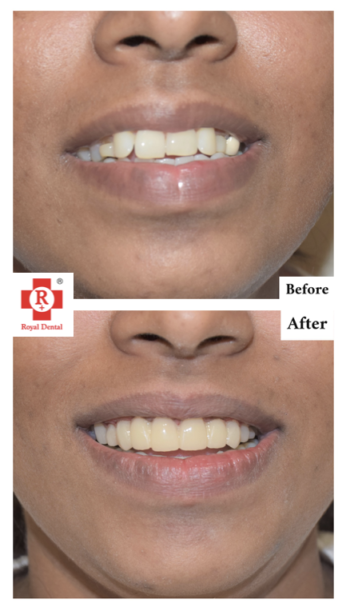
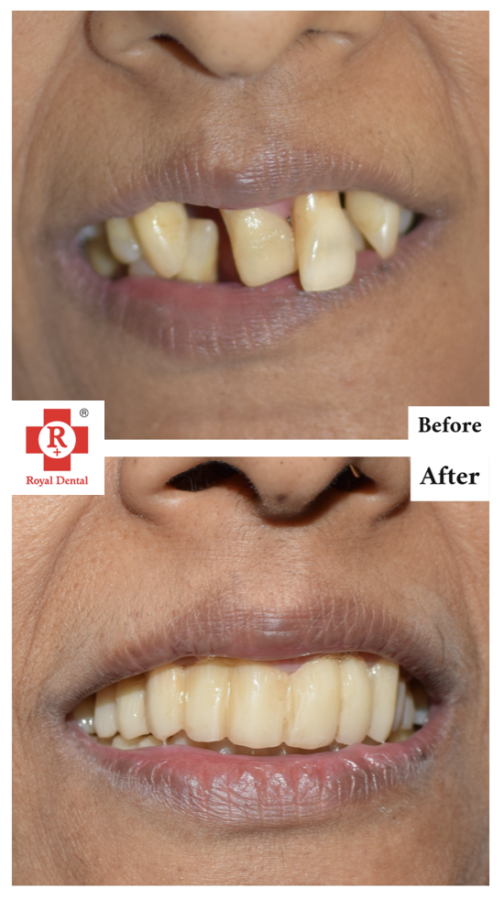
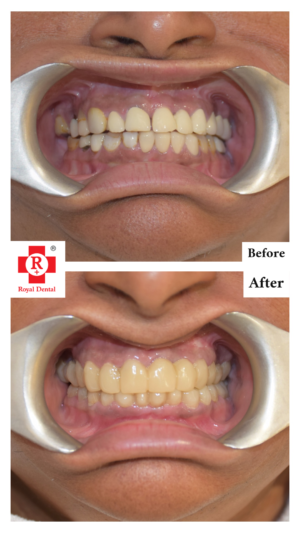
- A tooth that has a loose or broken dental crown, or one that has come off, may be more susceptible to re-infection. The long-term success of a root canal depends on a well sealed crown.
- Changes shown on x-rays such as new infections, bone loss, or other anomalies, may be seen in the bone around the treated tooth.
- If the initial root canal procedure was problematic, you could need a second root canal to treat the unresolved issues.
Understand reasons for failed Root canal for Re-root canal
Despite the high success rate of root canal treatments, there are occasions when the first procedure may fail. This calls for another root canal. Clarifying the probable need for retreatment will be made easier by understanding the usual reasons of a failed root canal.
Below are a few possible explanations:
The first root canal treatment’s objective is to completely remove all infected pulp from the system’s root canals. But sometimes, a little piece of contaminated tissue could be left behind, causing a chronic infection and necessitating re-treatment. Teeth may have intricate root canal systems with curved or narrow channels that are challenging to fully clean. A re-root canal may be required if these canals are not sufficiently treated during the original treatment.
At times, an additional canal may go undetected after the original root canal procedure. This concealed channel may be home to an infection, which would need re-treatment if symptoms persisted. If germs infiltrate a tooth via a fracture or cavity, a previously treated tooth may become infected once again. The risk of reinfection might be raised by poor oral hygiene or by failing to treat underlying oral health concerns.
A tooth that has had a root canal procedure may eventually develop fractures or cracks, jeopardizing the tooth structural integrity and enabling germs to re-enter the tooth. Trauma, bruxism, or regular wear and tear may all result in these fractures or cracks.
How to diagnose a failed Root Canal
A thorough examination by a dental expert like Dr. Chirag Chamria is necessary to diagnose a failed root canal. Dr. Chamria will analyze your symptoms, examine your dental history, and carry out a number of tests throughout the evaluation to ascertain the source of your suffering.
The treated tooth and the gums around it will be carefully inspected by Dr. Chamria for any indications of infection, swelling, soreness, or discolouration. Additionally, he may evaluate the tooth’s stability and look for any obvious fractures or fissures.
X-rays are a crucial diagnostic tool for identifying botched root canal procedures. In order to spot any indications of infection, abscesses, or untreated canals, Dr. Chamria may use the pictures they offer to see the tooth’s root canal system in great detail.
Tests of percussion and palpation include tapping the tooth and applying pressure to determine how you react to discomfort. Experiencing discomfort or soreness during these procedures might indicate that the root canal procedure was unsuccessful.
To determine the sensitivity of your teeth, Dr. Chamria may use hot or cold stimuli. Even after the stimulus has been removed, the tooth may continue to be sensitive, which may be a sign of a botched root canal.
In this procedure, the tooth is exposed to a small electric current to determine the health of the tooth’s nerve. An unsuccessful root canal may be indicated by a non-responsive or aberrant reading.
Process of Re-Root Canal Treatment
You may be curious about the procedure if Dr. Chamria deems that a re-root canal is required. The stages in a re-root canal operation are summarised as follows:
Dr. Chamria and his team will deliver a local anesthetic to numb the region being treated in order to ensure your comfort during the treatment. You won’t feel any pain or discomfort as a result of the re-root canal. Team at Royal dental will then drill an access hole into the tooth to allow for therapy, just as he did for the original root canal. He may reach the root canal system via this access point and take out any filling that is already in place.
Other materials used in the first treatment, as well as any existing root canal filling material, must be removed in the next phase. To get rid of any germs or illness that may still be present, Dr. Chamria will meticulously clean and disinfect the root canal system.
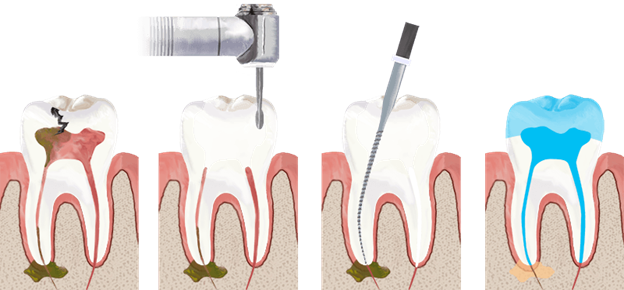
Then, after carefully identifying and cleaning every canal in the tooth’s root canal system, Dr. Chamria will proceed. To clear the canals of any germs, debris, or diseased tissue, a thorough cleaning is required.
To get rid of any infection that may still be present and encourage healing, Dr. Chamria may sometimes inject a drug into the canals. The access hole is then filled with a temporary filling substance to safeguard the tooth until the next session.
Following the first re-root canal procedure, you will be given a follow-up consultation to check on your recovery. Dr. Chamria will evaluate the tooth’s recovery at this appointment and decide if further treatment, such as the placement of a dental crown or permanent filling, is necessary.
Tips for a successful Re-Root Canal recovery
- Carefully follow the post-operative recommendations provided by your dentist for oral cleanliness, medication, and pain management.
- Take the painkillers your dentist has given as advised to control any discomfort. If advised by your dentist, over-the-counter painkillers may also be beneficial.
- Rest and relaxation are important after surgery to help your body recuperate. Rest for the first 24-48 hours. Take this time to rest and avoid intense activity.
- Maintain a soft diet for a few days to prevent placing too much stress on the tooth. Choose items like soup, yogurt, and mashed potatoes.
- Keep your mouth healthy by gently brushing and flossing your teeth, taking cautious to avoid the treated area. Use warm saltwater to rinse your mouth to encourage healing and minimize irritation.
- Attend all planned follow-up visits with your dentist to track the status of your recovery and resolve any issues.
- Drink plenty of water to keep hydrated; this will help with the healing process.
- Avoid drinking and smoking since they might delay healing and raise the possibility of problems.
Conclusion
If you have previously had a root canal but are still having ongoing pain, edema, or other symptoms, you may need another root canal. Consult with Dr. Chirag Chamria for expert advice if you think a tooth that has already been treated requires a re-root canal or if you have any other concerns. You will get the best care possible and experience the best results for your dental health thanks to his extensive expertise and dedication to patient care. Consult Dr. Chamria right now if you want to stop being held back by ongoing dental pain or discomfort.
FAQs
Q. Is a re-root canal painful?
Re-root canal procedures are often painless when local anaesthetic is used. After the surgery, you could feel a little uncomfortable or sensitive, but you can typically treat this with over-the-counter painkillers.
Q. How much time is required for a re-root canal?
The intricacy of the case and the tooth being treated might affect how long a re-root canal takes. While some operations may be finished in a single visit, others could call for many sessions. Complete care is offered in only one visit at Royal dental clinics.
Q. After a re-root canal, would I need dental restoration?
A dental repair, such as a filling or dental crown, is often necessary for a tooth that has had a re-root canal. Dr. Chamria will evaluate your particular situation and go through the best alternatives for restoration with you.

